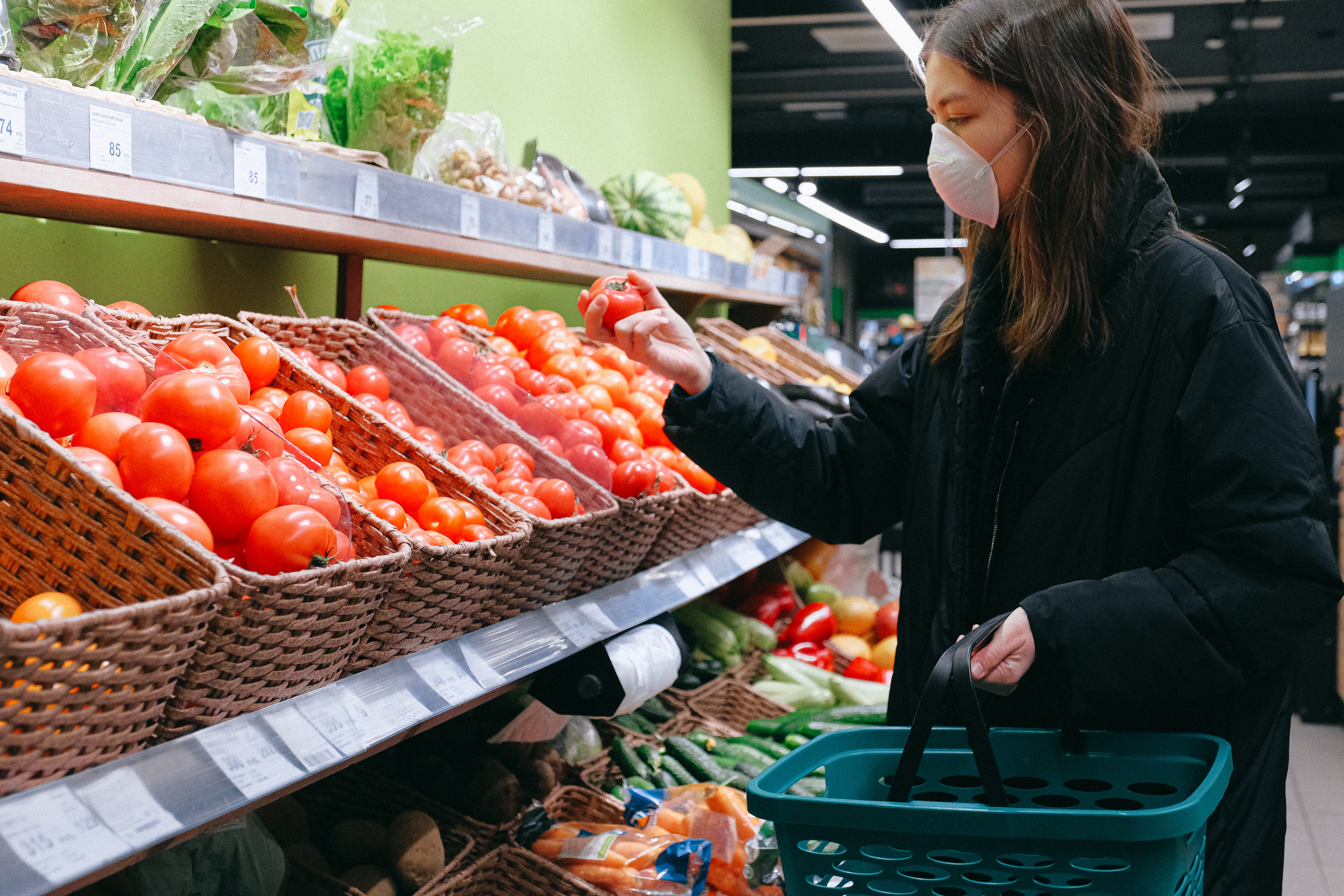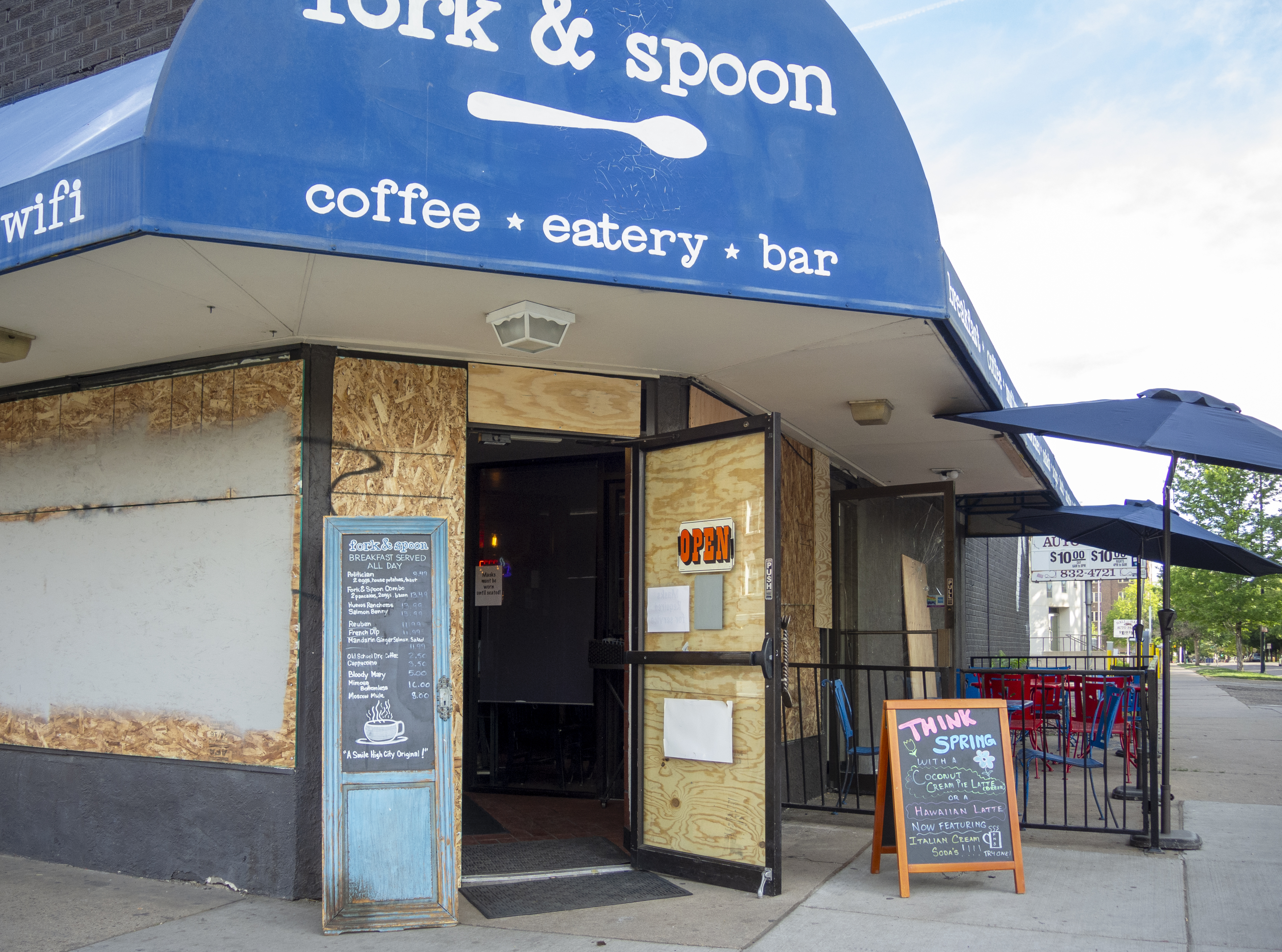
Story
A Plateful of Pandemic
In 2120, of course, having a meal is as easy as imagining what we want and grabbing it from the replicator. But in the old days, it wasn’t so easy. And 2020 is when everything changed.
Editor’s Note: How will 2020 go down in history? In the Hindsight 20/20 project from The Colorado Magazine, twenty of today's most insightful historians and thought leaders imagine themselves in 2120, looking back on 2020 and sharing their visions of how that year will stand the test of time.
Gather around and let me tell you about a time when gathering affected our food. A hundred years ago, the world experienced a pandemic caused by a virus that went by many names: Covid-19, the coronavirus, even just “the ’Rona.” Many, but not everyone, tried to stop its spread by wearing a mask, practicing good hygiene, keeping their distance from other people, and, when they did come together, doing it in small groups. All of these things profoundly affected the ways people got food, what they ate, and the way they dined.

Shoppers had to modify the way they purchased food during the pandemic, including wearing masks and distancing themselves from others in the aisles and the checkout lanes.
Back then, people didn’t get food by merely thinking about it and having it appear in a replicator as we do today. They killed billions of live animals every year in places called “slaughterhouses.” Meat was such an important part of the diet that workers in that industry were considered “essential” and had to keep working on-site even though many others could work from home. The virus ran rampant in a lot of these slaughterhouses, workers got sick, and the meat supply grew very unpredictable. Consumers worried about eating diseased meat, so they looked for alternatives. Eating vegetables became more fashionable. Eating meat was a hard habit to shake for some, so even if they were eating plants, they still wanted their food to look, feel, and taste like meat. Fortunately, some magical food scientists had appetizing answers. This was “The Dawning of the Age of Synthetic Taurus.”
The places where people dined were the hardest hit. The very act of dining, especially in a large group, turned out to be one of the very things that helped spread the virus. So, restaurants had to change the way they did business, and diners adapted. Many restaurants scaled down their menus, severely limited the number of people who could dine indoors, and transitioned to being primarily take-out businesses. To boost revenue, they created outdoor dining spaces. That was met with uneven success because, at that time, Coloradans experienced something we don’t really see any more. They called it “winter,” and temperatures dipped below zero degrees Celsius. Can you believe that? Sadly, because the economic tumult was too much and government assistance too little, a mass extinction of small, independent restaurants followed.

Eateries were forced to reimagine indoor, outdoor, and takeaway dining options as they tried to adhere to Covid-19 safety protocols while keeping their doors open during the pandemic.
Because of the pandemic, a lot of businesses closed their offices and had their employees work at home. (Oh, sorry, “offices” were places where everyone in the same company worked together in one location.) With all that time at home, people started paying closer attention to their residences; home improvement projects blossomed, especially in kitchens. People were inspired to cook more, and asked “artificial people” named “Alexa” and “Siri” for help finding the multitude of recipes available digitally.
The economic effect of the pandemic exposed a rather shameful phenomenon in our history: chronic hunger. This led to “The Gorging ’20s,” when people came together to make it easier to get access to food by growing their own, reducing waste, and reallocating resources. Thanks to those fundamental changes, chronic hunger is now extinct.
More from the Hindsight 20/20 project in The Colorado Magazine
COWvid-19: A Look Back at the Meat of 2020 It was a year of reckonings both big and small. In 2020, Covid-19 disrupted supply chains around the world as consumers adapted to the new realities of life in a pandemic. Sometimes, it took something as simple as an all-American entree to help us see how truly connected we all were.
Sold Out! Outdoor Rec in a Disaster Year When public health concerns precluded many forms of leisure, Americans eager for escape envisioned the woods and waters as safe places—or safe enough—to find solace and adventure. They emptied shelves of tents, bikes, and more as they made the best of a difficult situation. Still, there was no escaping the constraints of modern times.
Heard Immunity A music writer ponders the quaint habits of music fans of 2020, who, in their day, lamented the loss of such archaic practices as live concerts, in-person gatherings of any kind, and now-outdated technologies. But music itself lives on, as does a certain rock ’n’ roll guitarist.
